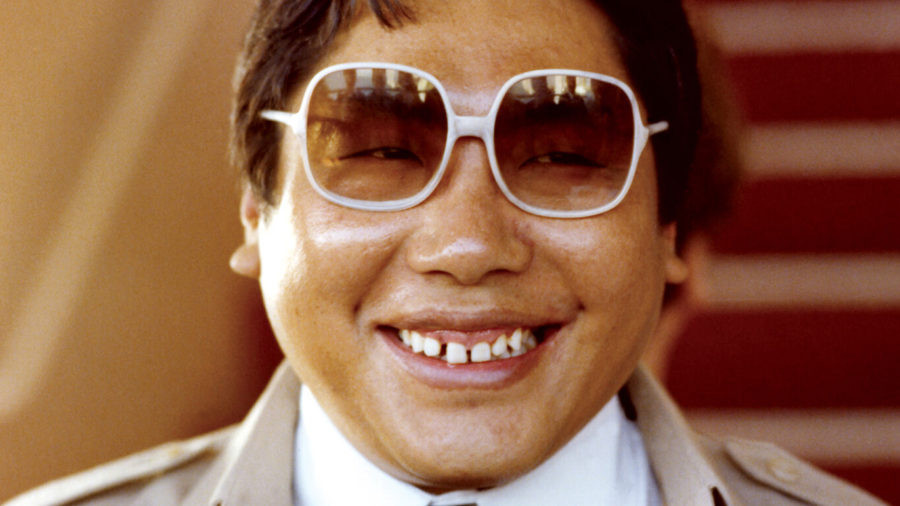Chögyam Trungpa (February 1939 - April 4, 1987)
Meditation master, scholar, teacher, poet and artist, Chogyam Trungpa was recognized at the age of thirteen months as the enlightened reincarnation of the Trungpa Tulkus of eastern Tibet. After a harrowing 9 month escape from the Communist Chinese invasion in 1959, Trungpa lived in India for several years, teaching at the Young Lama’s School and beginning his passionate study and mastering of the English language. With a Spaulding sponsorship to study at Oxford, Trungpa landed in England in 1963. There, he wrote the first book published in English by a Tibetan, opened up the first Tibetan Buddhist center in the west, (Samye Ling in Scotland) and became a British citizen.
It was also in England that he first encountered a cultural wall to the Tibetan Buddhist teachings. Students could be intimidated by his rank or romanticizing his exotic Tibetaness. After crashing into a joke shop in an automobile accident that left him paralyzed on his left side, Trungpa decided to put aside both his robes and his vows, put on a suit and present the teachings in English. His marriage to a young Englishwoman, Diana Pybus added to the shock and resentment of his Tibetan colleagues but Trungpa’s conviction was that in order for Buddhism to take root in the West, it needed to be taught free from cultural trappings and religious fascination.
In America, he developed an intense, graduated curriculum of study and practice for students to follow the authentic Tibetan Vajrayana, or Tantric path, and to be trained as future teachers as well. In a few short years he founded Naropa University, the first Buddhist University in the western hemisphere, created centers in more than 30 American cities, wrote his first of 14 books including the classic, Cutting Through Spiritual Materialism, and expanded his command of ikebana, calligraphy and writing poetry in English. In 1974, after visiting several of Trungpa’s urban and retreat centers and meeting his students, the Tibetan hierarchy, many of whom had been previously critical of Trungpa’s approach, recognized Trungpa as a "Master Vajrayana Teacher."
Trungpa’s fluid grasp of English allowed him to frame the teachings in a fresh but authentic way, making them accessible to the western mind and cultural mindset. His life, art and teaching all were expressed by his crazy wisdom mastery that set him apart from the few teachers who first came to the west as well as the many who have followed. His unconventional lifestyle, he drank sometimes heavily and had many relationships with women, and his innovative presentation of the teachings, the introduction of the Shambhala Path, a secular spiritual sister path to Buddhism and the development of the Dharma Art form to name just two, are examples of his consistent crazy wisdom approach.
Widely recognized, both by Tibetan Buddhists and by other spiritual practitioners and scholars, as a preeminent teacher of Tibetan Buddhism, he was a pivotal figure in the dissemination of Tibetan Buddhism to the West.



